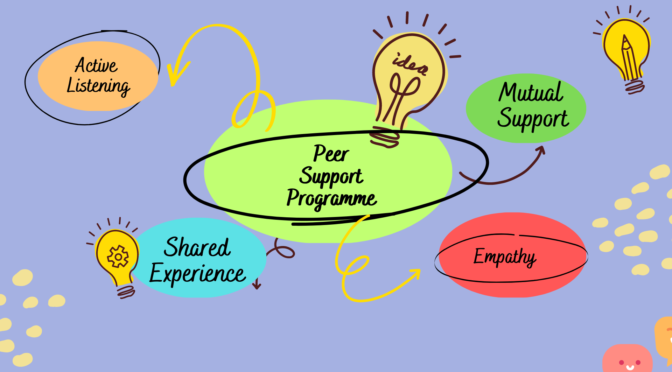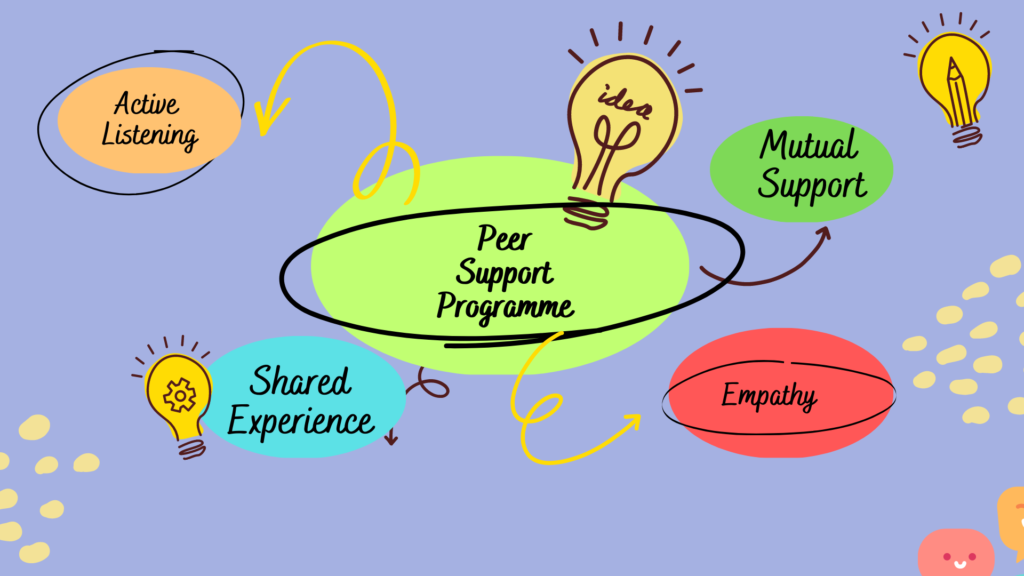When addressing and handling pupil’s language acquisition problem in remedial teaching, it is important to implement effective strategies that cater to the specific needs of individual students.
Here is a detailed explanation of remedial teaching strategies for handling pupil language acquisition problems:
- Assessment and Diagnosis: Begin by conducting a thorough assessment of the student’s language abilities, including listening, speaking, reading, and writing skills. This assessment helps identify specific areas of difficulty and provides a baseline for measuring progress. Consider using a variety of assessment tools, such as informal observations, language assessments, and samples of the student’s work.
- Individualized Instruction: Develop an individualized remedial teaching plan that targets the student’s specific language acquisition needs. This plan should be tailored to their strengths, weaknesses, learning style, and interests. Provide focused instruction and activities that scaffold their language development, starting from their current level of proficiency and gradually building upon it.
- Multisensory Approaches: Incorporate multisensory techniques to engage students in various modalities of learning. Use visual aids, manipulatives, gestures, and real-life examples to support comprehension and language production. This approach helps reinforce language concepts and enables students to make connections between words, sounds, and meanings.
- Explicit Instruction: Provide explicit instruction by breaking down language concepts into smaller, manageable parts. Clearly explain vocabulary, grammar rules, sentence structures, and language conventions. Use explicit teaching strategies such as modeling, guided practice, and explicit feedback to ensure students grasp and internalize the language skills being taught.
- Vocabulary Development: Place a strong emphasis on vocabulary development. Teach students strategies for acquiring new words, such as using context clues, word roots, and prefixes/suffixes. Provide opportunities for repeated exposure and practice with new vocabulary through reading, writing, discussions, and word games.
- Language Practice and Reinforcement: Offer ample opportunities for students to practice and reinforce their language skills. Provide structured practice activities that focus on the specific language areas they struggle with. Engage students in meaningful language use through role plays, conversations, debates, and writing assignments. Offer constructive feedback and guidance to help them improve their language production.
- Integration of Language Skills: Integrate the development of all language skills – listening, speaking, reading, and writing – in your remedial teaching approach. Create activities that allow students to apply their language skills across different contexts. For example, reading comprehension exercises, writing prompts, and speaking activities that encourage verbal expression and listening comprehension.
- Small Group or One-on-One Instruction: Consider providing small group instruction or one-on-one tutoring sessions to allow for more focused and personalized attention. This allows you to address specific language difficulties, provide immediate feedback, and tailor instruction to individual student needs.
- Supportive Learning Environment: Create a supportive and inclusive learning environment where students feel safe to take risks and make mistakes. Encourage peer collaboration, provide opportunities for cooperative learning, and foster a positive classroom atmosphere. Celebrate progress and provide encouragement to boost students’ confidence and motivation.
- Ongoing Assessment and Monitoring: Continuously assess and monitor students’ progress to ensure that the remedial teaching strategies are effective. Adjust instructional strategies as needed based on the student’s progress and feedback. Regularly communicate with the student, their parents, and other relevant stakeholders to share progress and collaboratively address challenges.
Remember that each student is unique, and the strategies used in remedial teaching should be flexible and adaptable.
Building a strong foundation in language acquisition requires patience, consistency, and a supportive learning environment.
Also Read: What is a Portfolio?

Also Visit: Prep with Harshita



